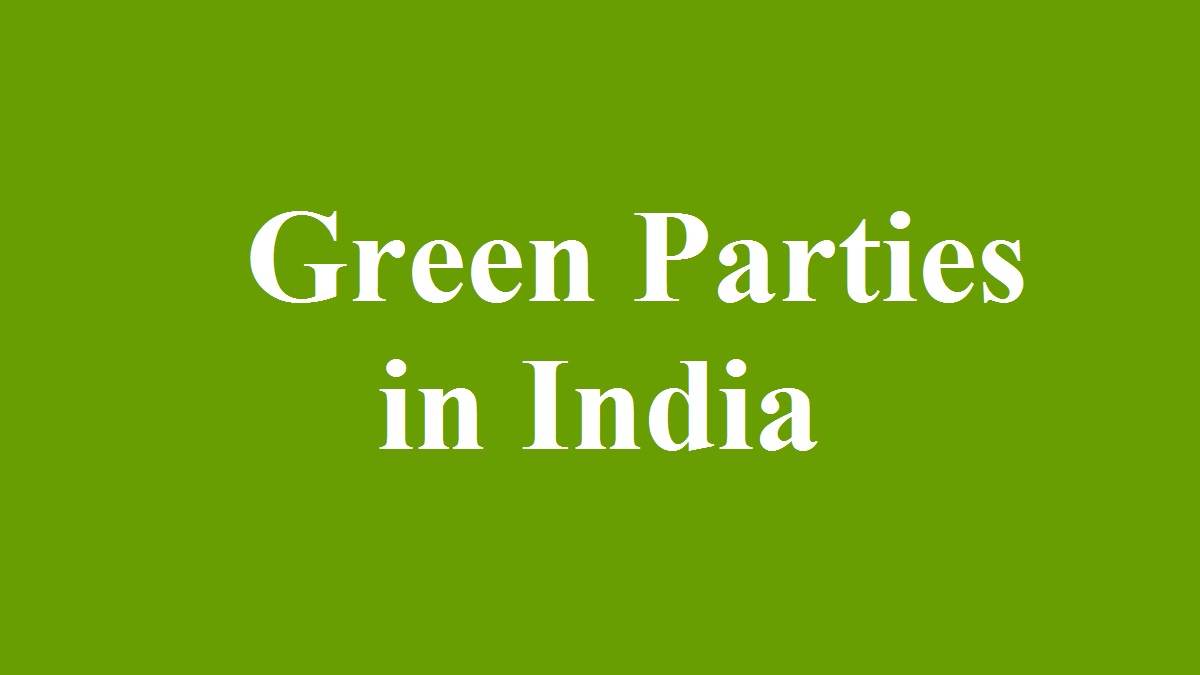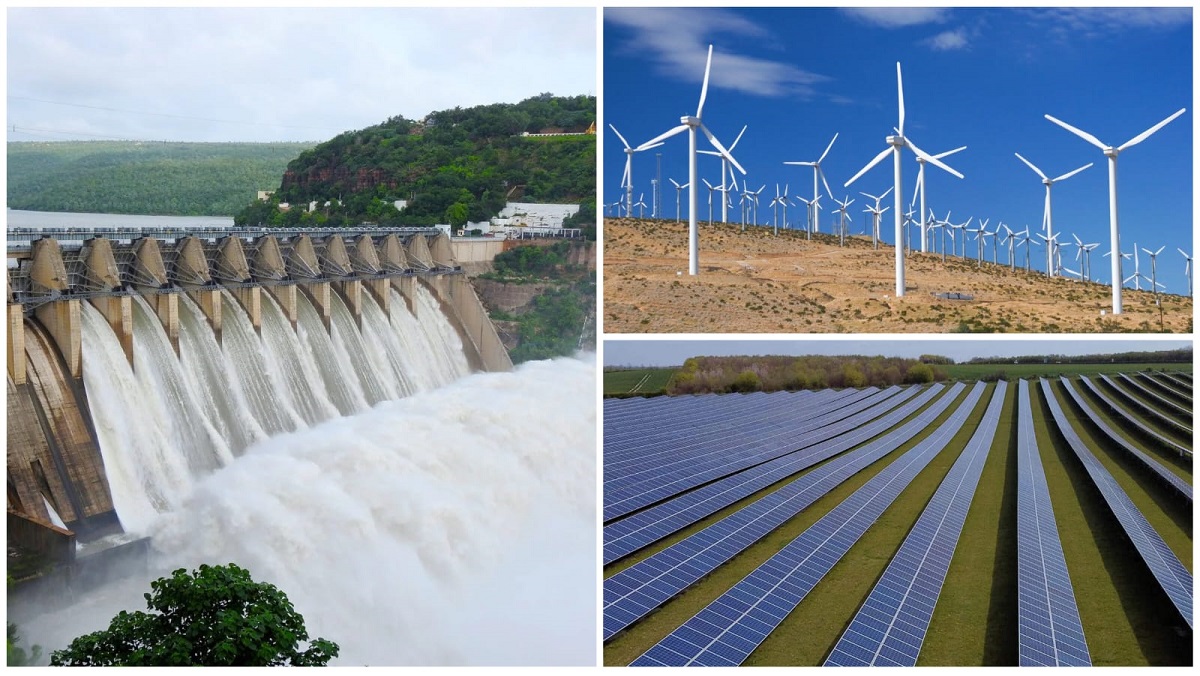Every little helps to combat climate change
If you like the article, do share it on all social media handles, because such articles do not come on the first page of search engine results without the support of readers.
Every little helps
There is a story in the Ramayana about a squirrel and Lord Rama. When Lord Rama was preparing for the war against Ravana, his army of monkeys flew over the mountains and brought huge stones and rocks to build the bridge over the sea. As it wanted to contribute to the task, the little squirrel carried the little pebbles on the seashore in his mouth and dropped them in between the stones and rocks.
The monkies were angry because the squirrel’s trifle act was interrupting their hard work and at one time the huge rocks nearly fell over the tiny creature. Miffed, the monkey flung the squirrel. The hapless creature fell into the hands of Lord Rama, who stroked the squirrel with his fingers and rebuked the monkies telling them that the pebbles and tiny stones filled the gap between the stones making the bridge stronger.
“Always remember,” Lord Rama said, “however small, every task is equally important. A project can never be completed by the main people alone. They need the support of all, and however small, an effort should always be appreciated!” It is said that the 3 white lines on the squirrel were the acknowledgement of Lord Rama for the tiny one’s hard work.
The big COP discussions
Now the COP26 is going on in Glasgow where crucial decisions are being taken to reduce carbon emission and mitigate global warming. Around 25 thousand delegates – world leaders, industrialists and NGOs’s are at Glasgow for the two weeks conference discussing solutions for the global warming problem. Kenyan President Uhuru Kenyatta told in an interview at COP in Glasgow that leaders have begun to understand “if they do not begin to take climate seriously, it will begin to have an impact, even in terms of their electability”.
Undoubtedly, there is going to be positive outcomes from the discussion, with nations and industries promising to take steps to bring down emission; reduce fossil fuel usage and use more clean energy. India has promised to get fifty per cent of its energy from renewables by 2030. Similarly, other countries have made their promises. Due to technical limitations, the temperature will reach 2.7 degrees if there is no drastic reduction in the Greenhouse Gas Emission.
Media like the Guardian are working towards “pressing reluctant governments to treat this existential crisis with the urgency it deserves”.
How much Carbon emission curbs is needed
How much more curbs on carbon emission will be enough to stop the existential crisis. The developed countries, the developing countries, the manufacturing countries, the consumerist countries, the countries with the largest per capita emission, the countries with the largest national emissions, the high carbon emission industries all have their justification about the carbon emissions, carbon sinks and greenhouse gas emission reduction alternatives.
Who attends the conference
Out of the 7800 million world population, only 30000 delegates are attending the convention. And the number of people keeping track of the happening at COP will be a few million. So how can we, those not attending the conference contribute to curbing global warming?
According to official data, 50 per cent of the world carbon footprint is from the top 10 per cent, of the rich and ultra-rich population. Which is around 780 million people. And the bottom 50 per cent which is the poorest population creates only 10 per cent of the world carbon emission. The poor population consist of around 3900 million people.
The middle population
In between, there is a 40 per cent population, which is responsible for 40 per cent of the world carbon emission. Those who are reading this post belong to this middle group making up 3120 million of the world population. The quality of life of this middle class varies from country to country and city to city.
We are the middle-income group of the country that we reside. Our quality of life depends on whether we live in a developed or developing country. However, there are many common features of this middle group. We are the employed or the self-employed group, with high school or higher education and we still have our roots in the villages. We have not lost our connection with the soil.
During holidays, we go back to the villages to meet our parents and relatives. We got the skill to effortlessly adapt to the rustic lifestyle of the village or the comfy consumerist lifestyle of the cities. That is because we or our parents moved to the cities after spending childhood in the village. We do not have the wealth to own a holiday home in the village, so we stay with our parents or sibling in their homes for vacation, adjusting to the minimalistic lifestyle.
We have an advantage over the poorest and the rich and the richest. The poor do not have the means to live a sustainable environment-friendly lifestyle, and the rich cannot imagine living in a condition of economic austerity.
Austere Rich
There are rich employ people like Sudha Murthy, who lead a simple lifestyle despite being the wife of Narayana Murthy, the co-founder of Infosys, the second-largest IT company in India. She hasn’t bought a single saree in the past 21 years and invests her time in philanthropy.
Apart from a few examples from the billionaires, it is the thousand million middle-class people of the world who can play a big role in reducing carbon emissions. I reached this conclusion because I have switched many times between an austere and consumerist lifestyle since childhood.
My austere lifestyle stories
My dad had a posting abroad, a developed city in the 1980s. But my dad was very strict that we do not get carried away by the consumerist culture that prevailed there. We were restricted from having cold drinks or coffee immediately after meals and we had only a few dresses for all occasions. Ultimately, when we returned to India we never missed the comforts of staying in a big, modern city.
Since 2014, I live a frugal lifestyle, because I started working from home-blogging and freelancing. I haven’t bought a single saree since 2014 and I buy hardly 2 or 3 regular wears every year. My wardrobe is too small as I buy new garments only to replace torn and old ones.
Since my father conditioned us from childhood, we are not influenced by social pressure.
How we changed in the last ten years
In India, the train was the most common transportation between cities until 10 years ago. But now people are giving priority to saving time. So they prefer travelling by plane. There is also an issue of maintaining social status.
In these 20 months of the pandemic, we now know that life can slow down. So what’s the hurry. By taking a flight to save time, are we not speeding up global warming and expediting the extinction of mankind?
Can we just slow down, just think away from the rat race. Let us the middle class of the world between 1000 to 3000 million population imagine that we are at a world roundtable conference to decide what we can contribute individually to curb carbon emission. We can do many things to curb carbon emissions.
Ideas on how to contribute to reduce carbon emissions
Plant trees or make a sacred grove
Be climate-conscious when building houses
Lead an eco-friendly lifestyle like Lorena
The common connect between the richest and the poorest
We are the common connection between the riches and the poorest because we earn a living working for the richest and we have our country homes among the poorest. We know what is happening at the grass-root level. There is a saying that if you want to want to win (an election) you need to know the vibes at the grassroots level.
20 years ago, my uncle who was in his 70’s said that the waterlogging in our place was because of a thermal plant being built 10 kilometres away from our village. A majority of the people supported the project because that would bring livelihood for the people in the locality.
Very few like my uncle raised concerns regarding the environment. Now the unnatural calamities like floods, drought and landslides are making people sit up and think regarding the balance between conservation of nature and development. My uncle is bedridden yet mentally active. People like him are still alive in our midst whom we should converse and get practical knowledge. By looking at a tree he could say which one consumed more groundwater reducing the water level of the surrounding area.
Conclusion
We need to talk to pick up natural wisdom from people like my uncle. That will help a long way in conserving nature.
Because of the small but vital contribution of the squirrel in mythology, there is a proverb in my native language: ‘Annaan kunjum thannaal aayathu‘ which mean ‘Every little helps’.
What you decide to contribute to reducing GHG you can share in the comment box below. So start a conversation now.





43 comments